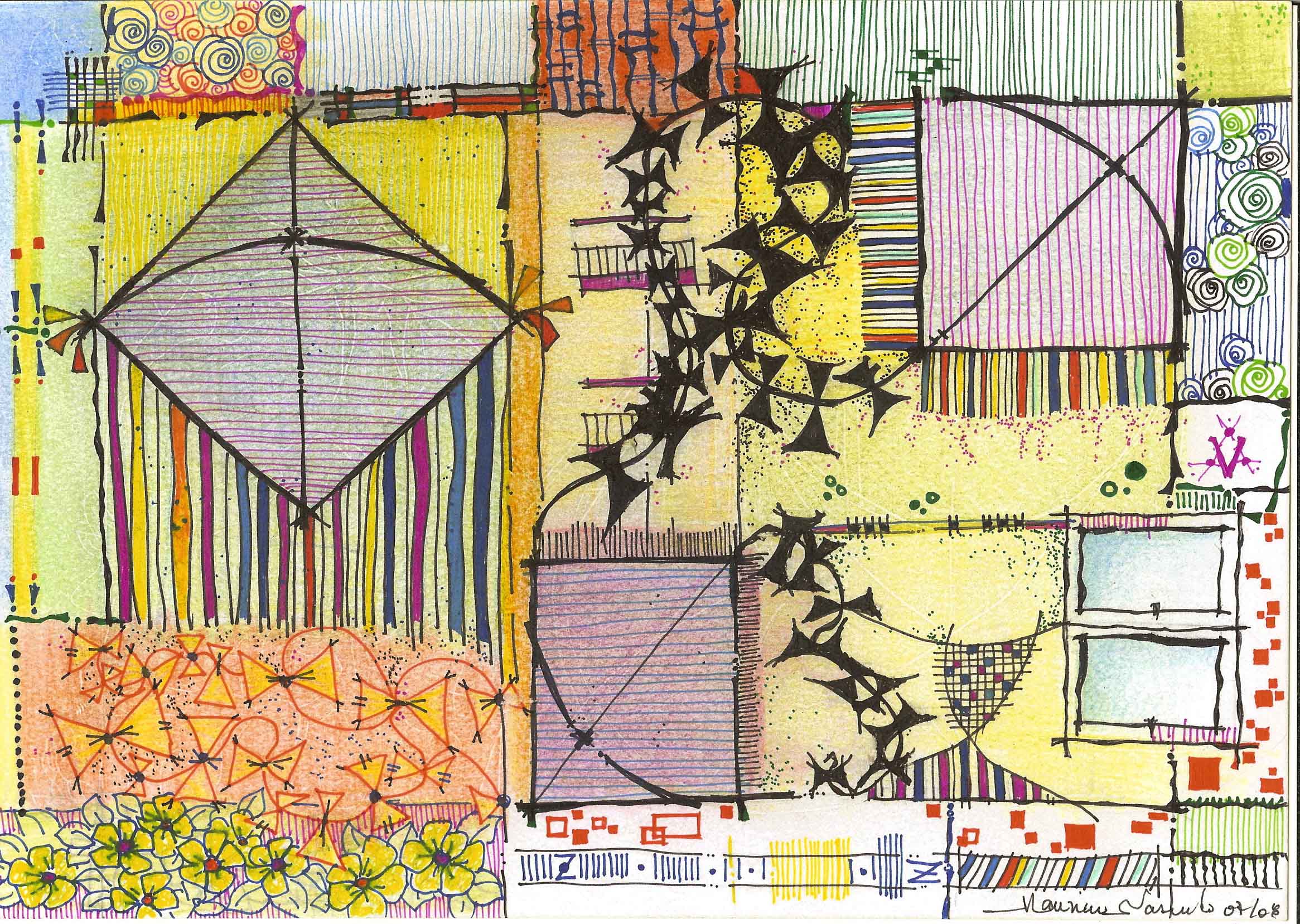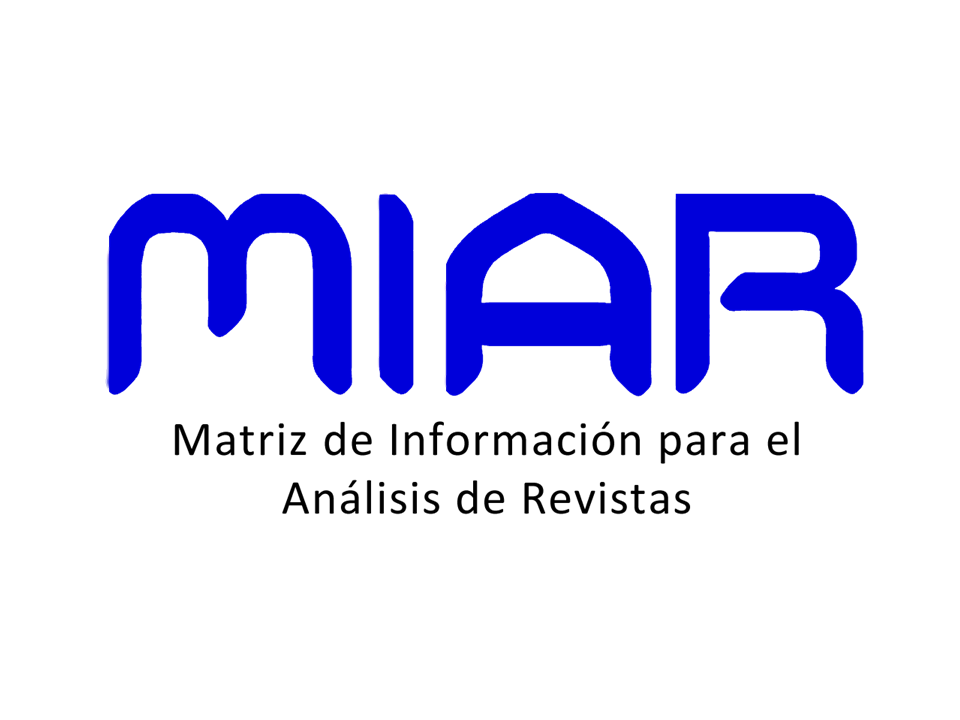L2 PROSODY EFFECTS ON PRONUNCIATION TEACHING AND ORAL COMMUNICATION
DOI:
https://doi.org/10.22478/ufpb.1983-9979.2021v16n1.58725Keywords:
L2 prosody. Pronunciation teaching. Oral communication.Abstract
This paper aims to present the effects and importance of pronunciation teaching as having L2 prosody as central element in the development of skills related to orality in an attempt to minimize deviations in pronunciation, and enhance conversational acts in oral communication. As for the Theoretical framework, we grounded basis on studies such as Celce-Murcia et al. (2010), Derwing and Munro (2015), Levis (2018) and so, to clarify the importance of prosody in pronunciation teaching context and as well as in oral communication in L2; Urbani (2012), Silva Jr. and Barbosa (2019, 2020), and so, on the choice of techniques and protocol for the extraction of both acoustic durational and melodic parameters from L2 prosodic-based research. As for the Methods, we collected data from Brazilian speakers of English and native speakers of English from the U.S. Each participant read a text from which we extracted ten utterances for latter analysis. The acoustic treatment was performed based on the duration of phonetic syllables (VV units) and on the fundamental frequency, both normalized via Lobanov’s z-score. We also performed the ANOVA statistics to check the group effect for both duration and fundamental frequency parameters. Results point out significant differences between native and Brazilian speakers of English for the parameters herein presented. We conclude, albeit on a preliminary basis, that the use of L2 prosody is overriding to enhance the pronunciation teaching and speaker’s oral communication.










